Stage lighting is more than just a simple combination of lights; it's a perfect blend of art and science. Choosing the right stage lighting can greatly affect the quality of the performance, and even the overall experience of the audience. But how do you do that? From types of light fixtures to wattage, from color schemes to layouts, choosing the appropriate stage lights seems like a complex task. In this article, we'll answer all the common questions about stage lighting to help you make more informed decisions.
How do I choose a stage light?
The selection of stage lights depends on various factors including the size of the stage, your budget, and the artistic effect you wish to achieve. Generally, there are three main types of light fixtures: spotlights, wash lights, and backlights. Spotlights are used to highlight performers or specific areas on stage; wash lights provide uniform illumination suitable for the entire stage; backlights are used to create depth and dimension, typically placed behind the stage. Understanding these basic types and their uses is the first step in choosing stage lights.
Betopper Stage Lights: https://betopperdj.com
How do I choose the right light fixture?
Choosing the right light fixture involves not just its optical characteristics, but also its appearance and durability. Generally speaking, aluminum and stainless steel are ideal materials due to their heat resistance and corrosion resistance. In terms of design, the light fixture needs to harmonize with the overall theme and ambiance of the stage. To minimize maintenance costs, opt for fixtures that are simple in design yet comprehensive in function.
More details: https://betopperdj.com/pages/faqs
How do you calculate stage lighting power?
Calculating power is a crucial step; incorrect calculations can lead to power overloads or insufficient lighting. The basic formula is: Total Power = Power per Fixture x Number of Fixtures. In addition to this, consider the current capacity of cables and distributors to ensure the overall safety of the system. Consulting a professional electrical engineer or stage designer is usually the best practice.
What are the 4 elements of stage lighting?
Choosing the right light fixture involves not just its optical characteristics, but also its appearance and durability. Generally speaking, aluminum and stainless steel are ideal materials due to their heat resistance and corrosion resistance. In terms of design, the light fixture needs to harmonize with the overall theme and ambiance of the stage. To minimize maintenance costs, opt for fixtures that are simple in design yet comprehensive in function.
How many watts should stage lights be?
Higher wattage is not necessarily better; it depends on the size of the stage and the desired lighting effects. Generally speaking, small stages may only require a few hundred watts, while larger stages may require several thousand. It's crucial to conduct proper power calculations and tests to ensure both the lighting effects and safety.
What are the best color combos for stage lighting?
Color choices can dramatically affect stage presence and audience experience. Some common color combinations include blue and orange, red and green, and yellow and purple. These combinations can produce strong visual impact and emotional responses.
What is the rule for light fixture size?
Choosing the right size for a light fixture is key to ensuring both stage effect and safety. Generally, the size of the fixture should be proportional to the stage space. A simple rule of thumb is that the size (diameter or width) of the fixture should be 1/5 or 1/6 of the stage width. Fixtures that are too large or too small will disrupt the overall aesthetics and effectiveness of the stage.
How are you going to select lighting fixtures and accessories?
Beyond the basic fixtures, a range of accessories like filters, reflectors, and controllers should also be considered. These accessories can further optimize lighting effects and control. When selecting, consider their compatibility with the fixtures, as well as their durability and ease of use. Where the budget allows, prioritize quality and reliability.
Choosing the right stage lighting fixtures and accessories is a complex yet crucial task that not only impacts the visual effect of stage performances but also directly relates to overall safety and cost-efficiency. By understanding the different types of fixtures, the fundamental elements of lighting, and calculations for power and size, you’ll be better equipped to make informed decisions. Remember, the best choices often come from comprehensive and meticulous planning, as well as close collaboration with professionals. For more professional stage lighting solutions and products, please visit https://betopperdj.com/

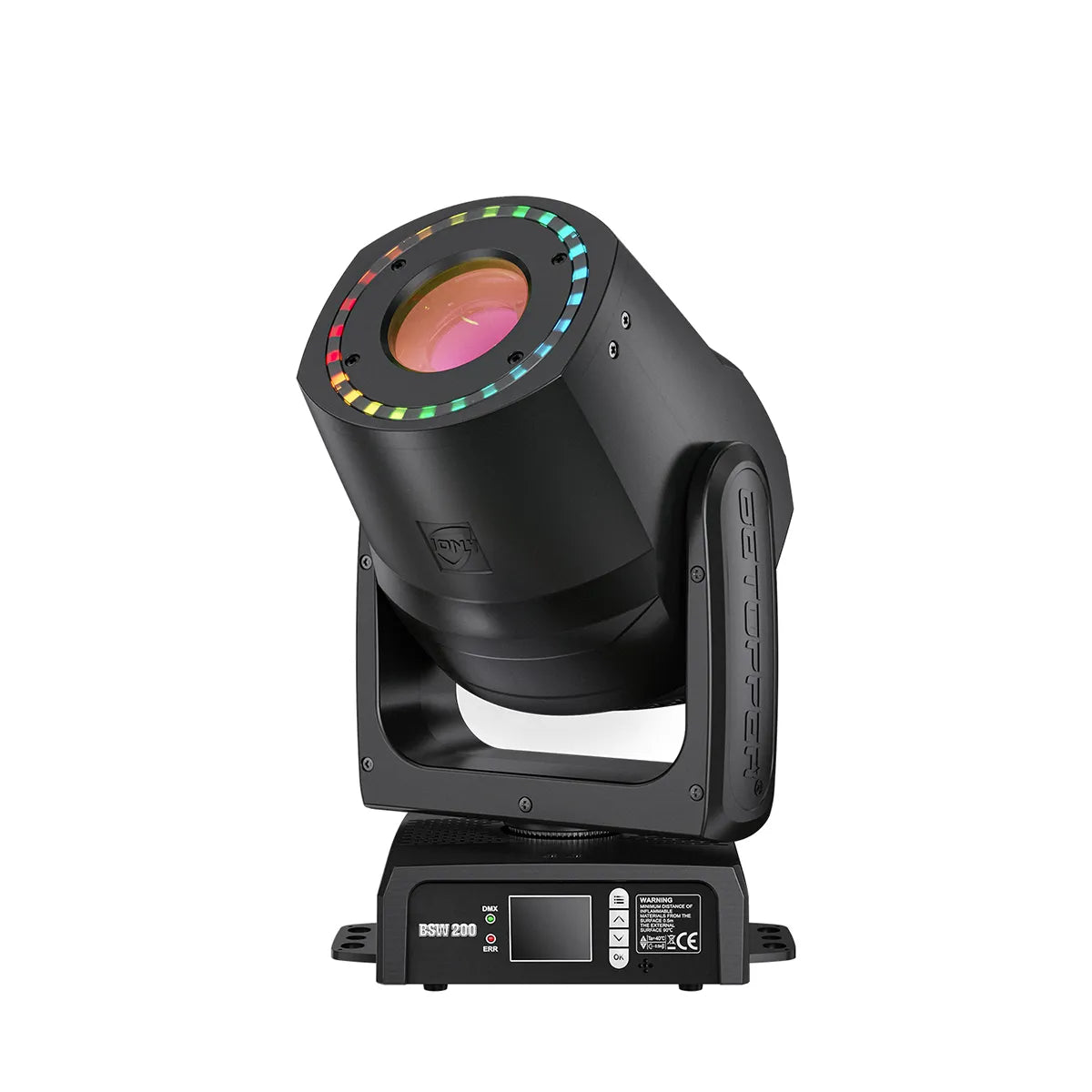





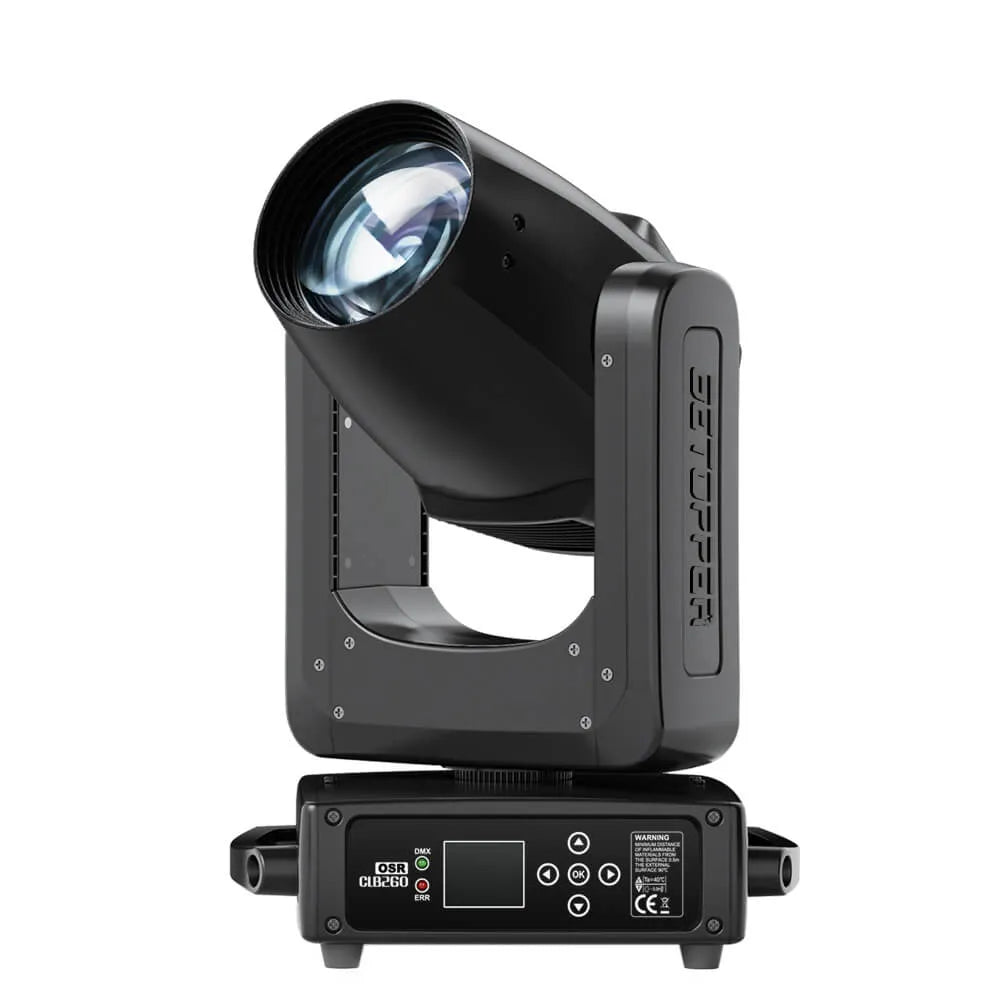

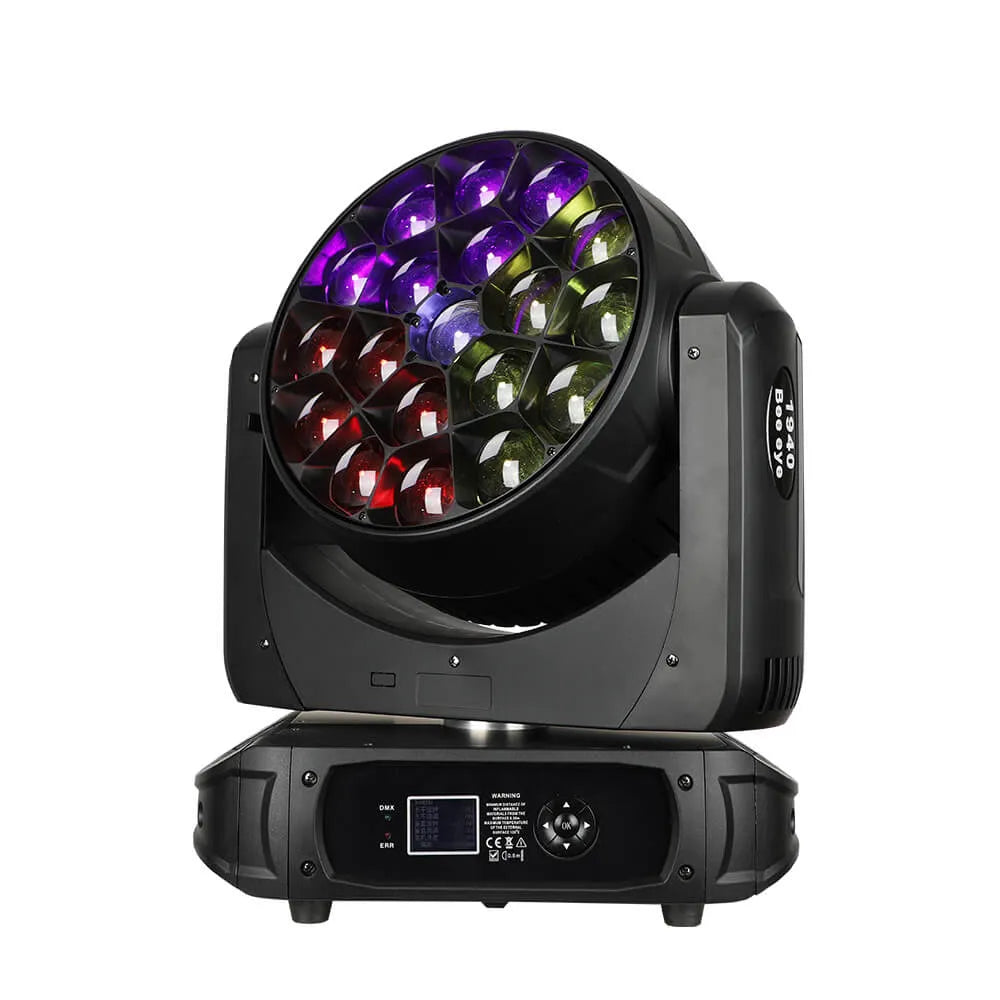






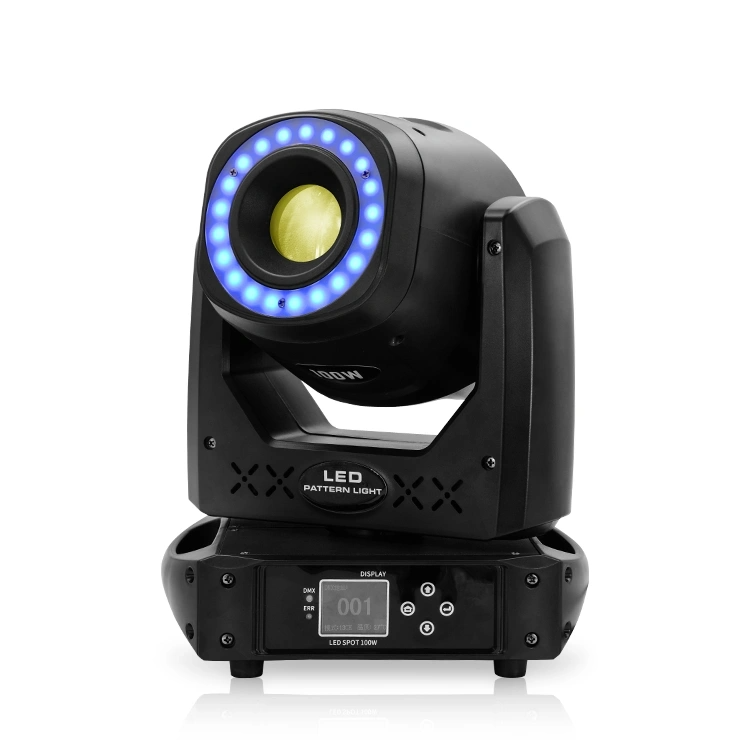








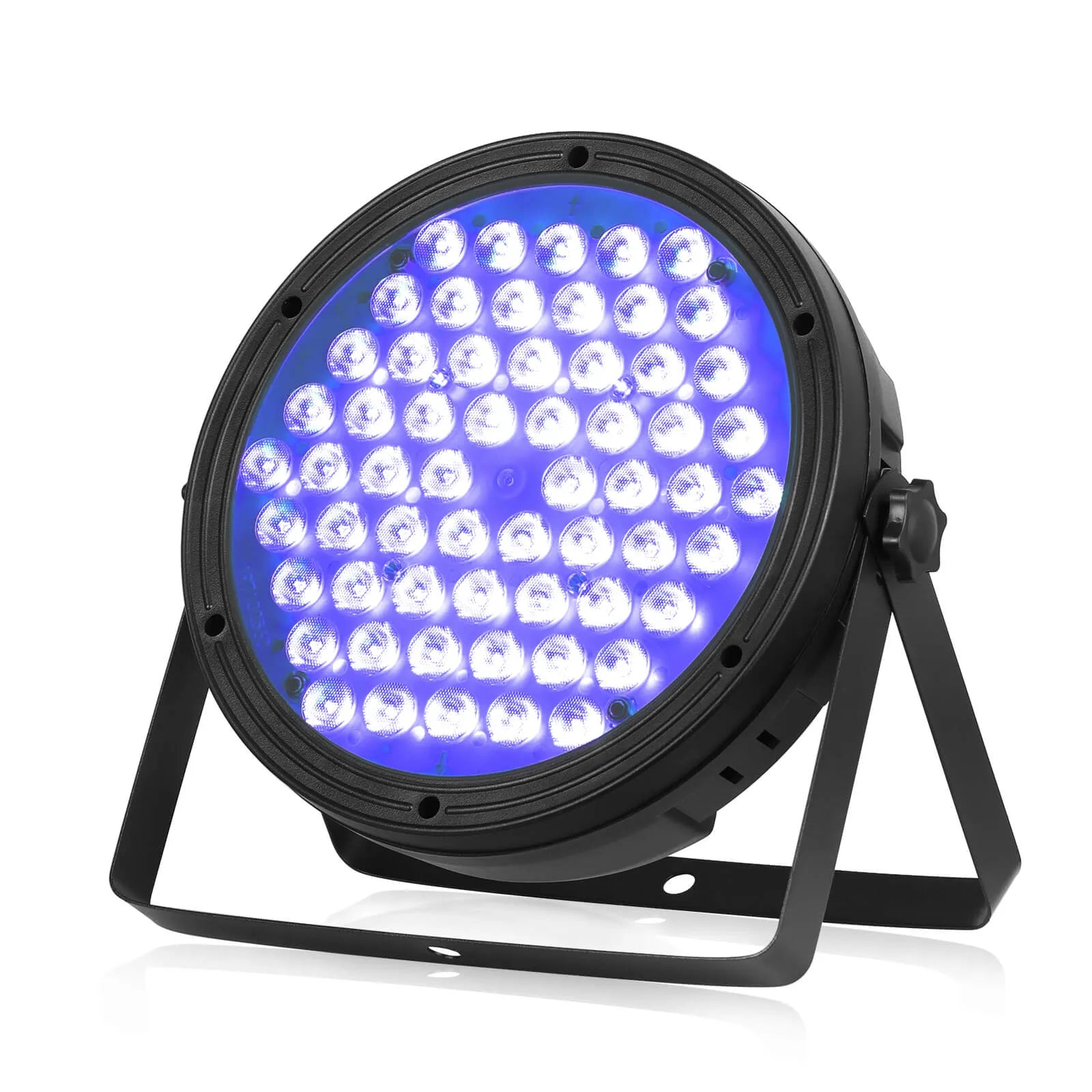










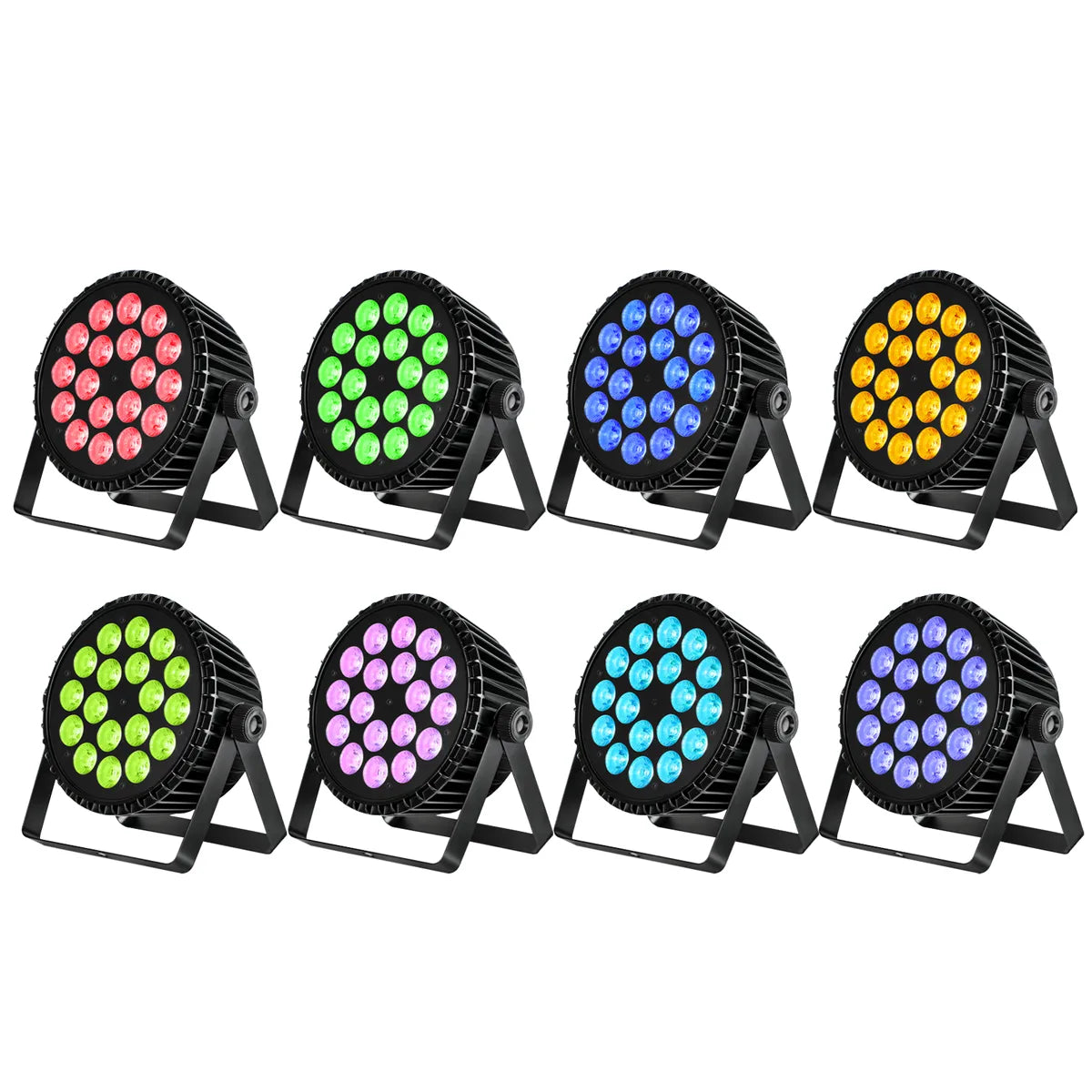
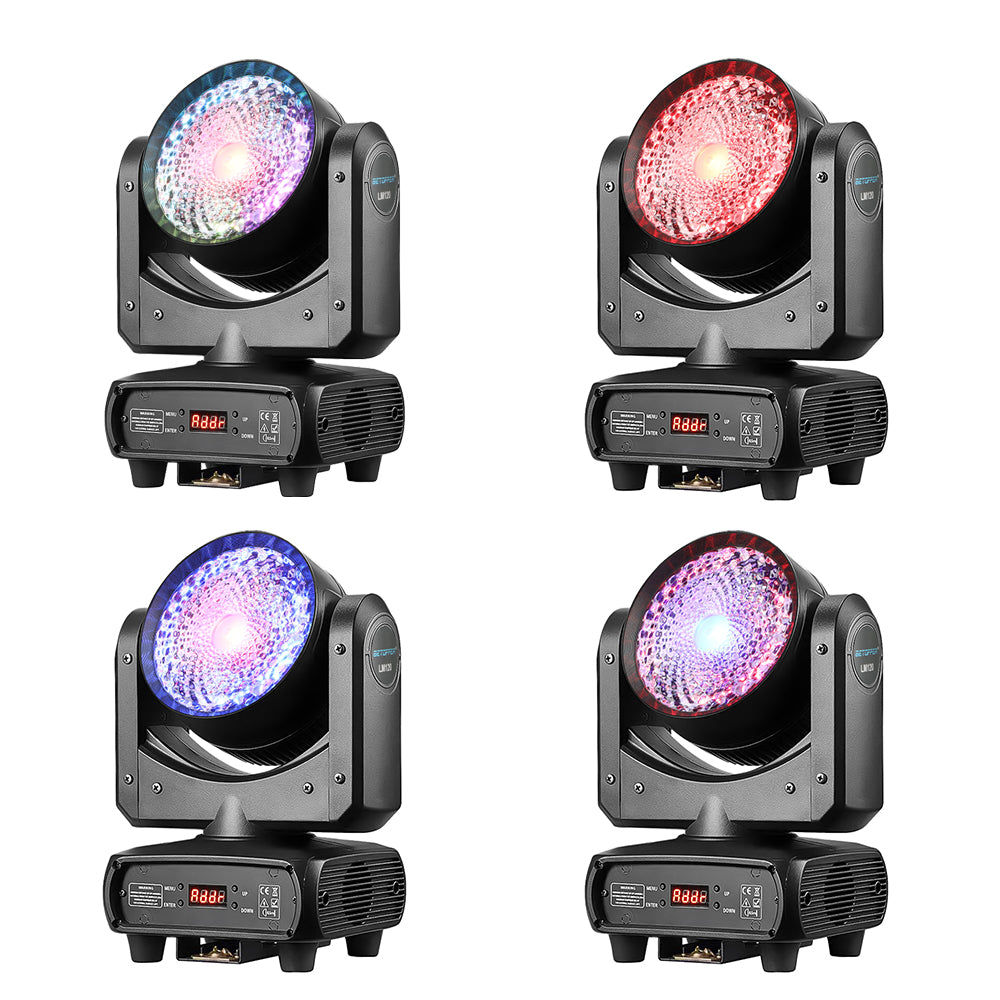

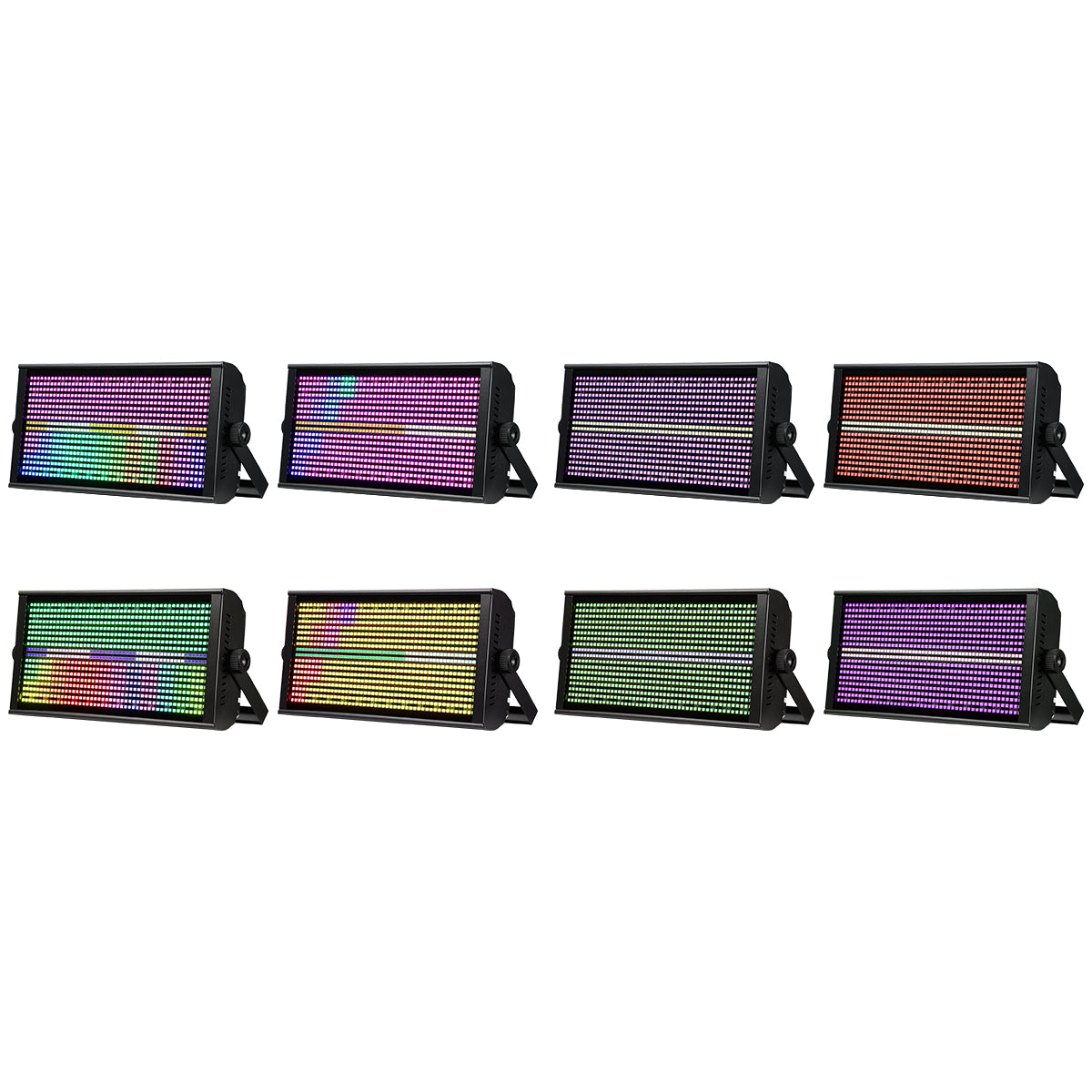






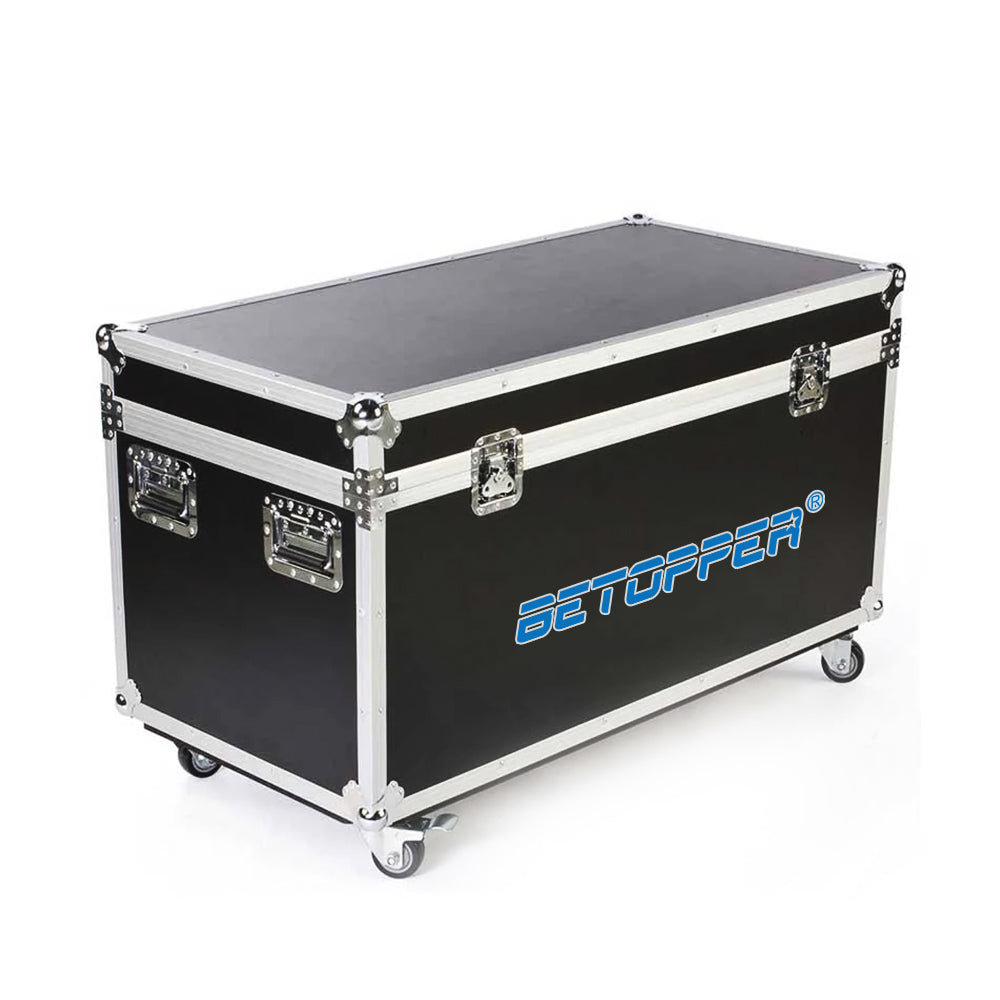








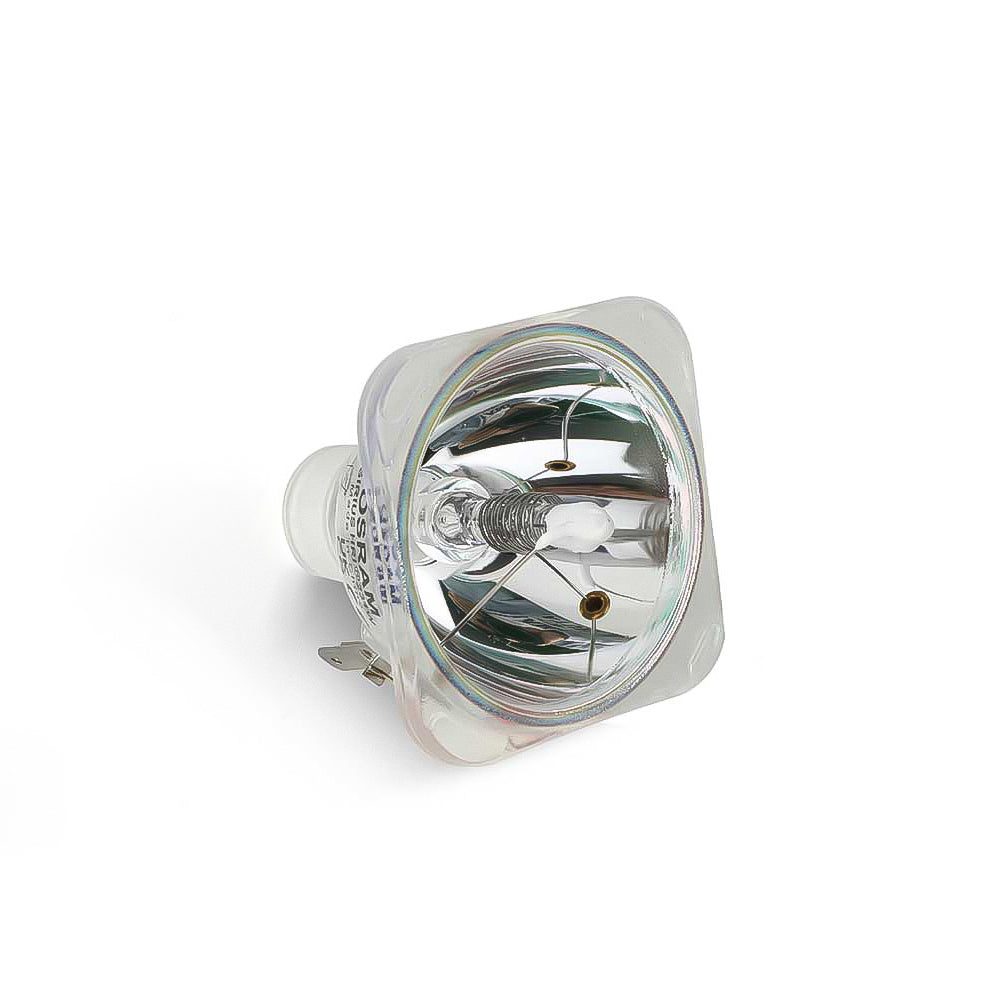












Leave a comment
This site is protected by hCaptcha and the hCaptcha Privacy Policy and Terms of Service apply.